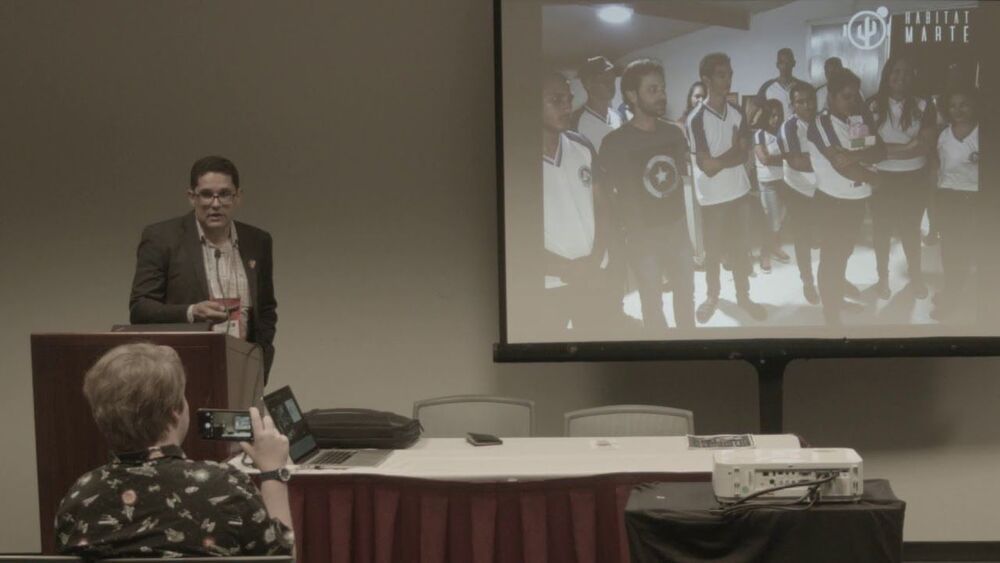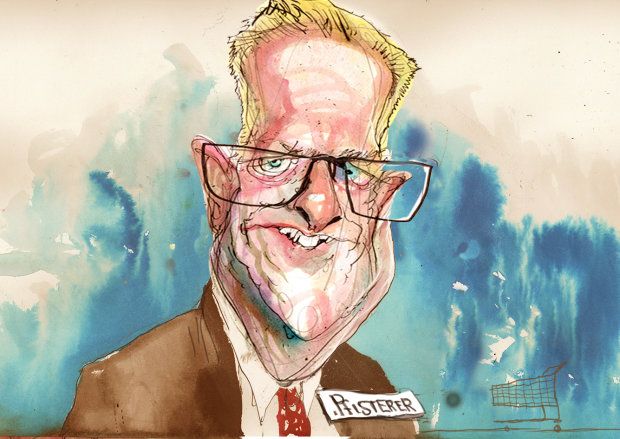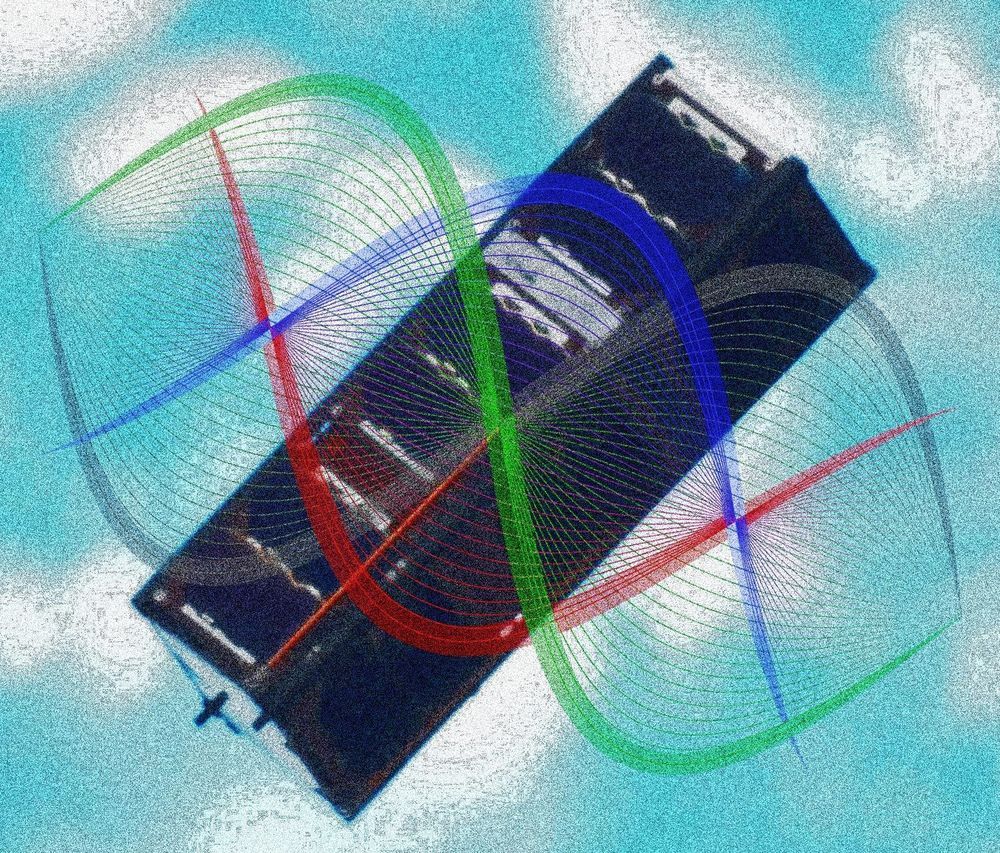High-powered microscope allows scientists to visualize an exotic structure called a superlattice.


In 1911, German mathematician Otto Toeplitz first posed the inscribed square problem, in which he predicted that “any closed curve contains four points that can be connected to form a square,” according to Quanta. For more than a century, it’s remained unsolved.

There’s quite a bit of buzz these days about how humanity could become a “multiplanetary” species. This is understandable, considering that space agencies and aerospace companies from around the world are planning on conducting missions to low earth orbit (LEO), the moon, and Mars in the coming years, not to mention establishing a permanent human presence there and beyond.
To do this, humanity needs to develop the necessary strategies for sustainable living in hostile environments and enclosed spaces. To prepare humans for this kind of experience, groups like Habitat Marte (Mars Habitat) and others are dedicated to conducting simulated missions in analog environments. The lessons learned will not only prepare people to live and work in space but foster ideas for sustainable living here on Earth.
Habitat Marte was founded in 2017 by Julio Francisco Dantas de Rezende, the professor of sustainability in the Department of Product Engineering at the Federal University of Rio Grande do Norte (UFRN) and the director of innovation with the Research Support Foundation (FAPERN). He is also the coordinator of Habitat Marte and Mars Society Brazil.
Ford invited InsideEVs to the Ford Performance Technical Center to experience the all-electric Mustang Mach-E. We also spent time with the car’s engineers.
China reinforced its troops near the Indian border with mountain climbers and martial arts fighters shortly before a deadly clash this month, state media reported.
Tensions in the mountainous border terrain are common between the two nuclear-armed neighbours, but this month’s fighting was their deadliest encounter in nearly 50 years.
Five new militia divisions, including former members of a Mount Everest Olympic torch relay team and fighters from a mixed martial arts club, presented themselves for inspection at Lhasa, the capital of Tibet, on June 15, official military newspaper China National Defense News reported.
Tesla’s Autonomy Day in April 2019 gave supporters of the company a look into Elon Musk’s vision of a fully-autonomous future. While the event featured the company’s strategies for the future as it prepares to “free investors from the tyranny of having to drive their own cars,” the $100 billion agriculture sector is also looking into sustainable, self-driving technologies that would revolutionize the industry.
Santa Monica, California-based lawn and landscaping startup Graze is developing a solar-powered, fully-autonomous lawn mower that requires no human interaction. The battery-operated, fully-autonomous mower is being developed by Graze CEO John Vay who has an extensive background in landscaping, and CTO Roman Flores whose past employers include NASA and the Caltech Curiosity Mars Rover Team. The two minds are developing the product in an attempt to revolutionize commercial agriculture as we know it.

Research at IIT-Istituto Italiano di Tecnologia (Italian Institute of Technology) has led to the revolutionary development of an artificial liquid retinal prosthesis to counteract the effects of diseases such as retinitis pigmentosa and age-related macular degeneration that cause the progressive degeneration of photoreceptors of the retina, resulting in blindness. The study has been published in Nature Nanotechnology.
The study represents the state of the art in retinal prosthetics and is an evolution of the planar artificial retinal model developed by the same team in 2017 and based on organic semiconductor materials (Nature Materials 2017, 16: 681–689).
The ‘second generation’ artificial retina is biomimetic, offers high spatial resolution and consists of an aqueous component in which photoactive polymeric nanoparticles (whose size is 350 nanometres, thus about 1/100 of the diameter of a hair) are suspended, and will replace damaged photoreceptors.
The spiral pattern shown by the galaxy in this image from the NASA /ESA Hubble Space Telescope is striking because of its delicate, feathery nature. These “flocculent” spiral arms indicate that the recent history of star formation of the galaxy, known as NGC 2775, has been relatively quiet. There is virtually no star formation in the central part of the galaxy, which is dominated by an unusually large and relatively empty galactic bulge, where all the gas was converted into stars long ago.
NGC 2275 is classified as a flocculent spiral galaxy, located 67 million light-years away in the constellation of Cancer.
Millions of bright, young, blue stars shine in the complex, feather-like spiral arms, interlaced with dark lanes of dust. Complexes of these hot, blue stars are thought to trigger star formation in nearby gas clouds. The overall feather-like spiral patterns of the arms are then formed by shearing of the gas clouds as the galaxy rotates. The spiral nature of flocculents stands in contrast to the grand design spirals, which have prominent, well defined-spiral arms.


Advance poised to enable cost-effective space-based global quantum network for secure communications and more.
In a critical step toward creating a global quantum communications network, researchers have generated and detected quantum entanglement onboard a CubeSat nanosatellite weighing less than 2.6 kilograms and orbiting the Earth.
“In the future, our system could be part of a global quantum network transmitting quantum signals to receivers on Earth or on other spacecraft,” said lead author Aitor Villar from the Centre for Quantum Technologies at the National University of Singapore. “These signals could be used to implement any type of quantum communications application, from quantum key distribution for extremely secure data transmission to quantum teleportation, where information is transferred by replicating the state of a quantum system from a distance.”